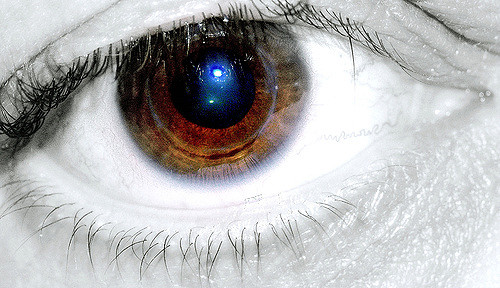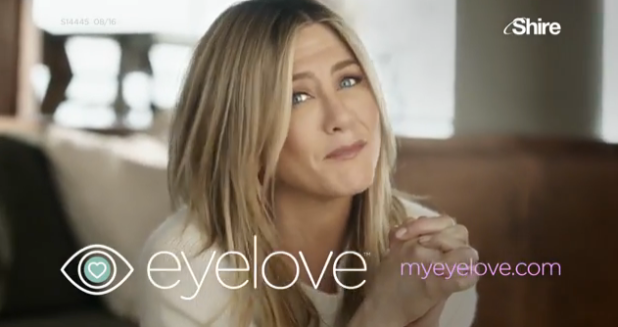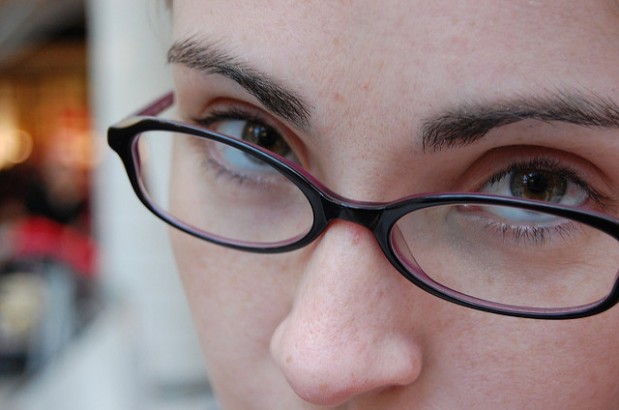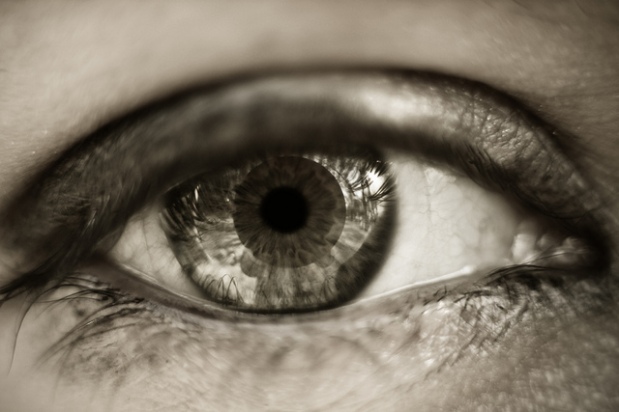 January is Glaucoma Awareness Month so it’s a good time to get a few things straight! Many patients come into my office asking about glaucoma and cataracts and a lot of them get the two mixed up. Let’s break it down:
January is Glaucoma Awareness Month so it’s a good time to get a few things straight! Many patients come into my office asking about glaucoma and cataracts and a lot of them get the two mixed up. Let’s break it down:
- Cataracts are an age-related change that happens to everyone if you live long enough and can easily be corrected with surgery.
- Glaucoma is a disease process that can lead to permanent vision loss. There is also a genetic component to glaucoma that can increase a patient’s risk for developing glaucoma if it runs in their family.
Cataracts
Cataracts are an age-related change that causes the lens inside your eye to become cloudy as you age. There are several different types of cataracts: nuclear, cortical and sub-capsular. This refers to the location of the lens where the cataract is forming. We typically grade cataracts on a scale of 0-4, zero being very minimal and four being the densest. During the formation of cataracts, patients normally notice their vision becoming cloudy or “like looking through fog”.

Cataracts can also cause changes in your glasses prescription, most commonly a myopic shift, which causes you to become more near-sighted. Sometimes vision can be improved significantly just by updating the glasses prescription, but otherwise surgery is the only option to improve vision. Cataract surgery is outpatient surgery, in fact, it is the most commonly performed procedure in the world. For cataract surgery, only local anesthesia is needed in most cases, and the procedure takes less than an hour. Most patients find a great improvement in not only the clarity of vision after surgery, but also brighter colors.
Glaucoma
For comparison, glaucoma is a disease process that causes damage to the optic nerve and can lead to permanent vision loss. Typically, increased pressure within the eye causes the optic nerve damage, but it can also occur in patients whose eye pressure is within the normal range. Also, glaucoma is painless in most cases, so most people do not realize they have it until the vision loss is severe. In addition, vision loss begins peripherally, which is also difficult for most patients to notice in the early stages. That is why it is very important to see an optometrist regularly so they can check your eye pressure as well as the health of your optic nerve. If either of those things seems suspicious to the doctor, they will usually run other tests, including a visual field. This is a special machine that can plot out any potential blind spots that would be too small for you to notice. Because vision loss with glaucoma is irreversible, early detection is very important. The current treatment for glaucoma is to lower the eye pressure to prevent further damage to the optic nerve and halt vision loss. The most common way to decrease the eye pressure is to take eye drops; some work to increase the outflow of the fluid inside your eye, while others work to decrease the amount of fluid your eye produces. Both are effective ways to lower the pressure. Laser procedures to increase outflow are also useful and widely used.
Comprehensive Eye Exam is Key
The most important thing to remember is if you have changes to your vision, have your eyes checked by an optometrist ASAP. It may be as simple as changing your glasses prescription, but it could also be cataracts that may require surgery if new glasses do not improve your vision. In addition, it is also important to have an annual comprehensive eye exam even without noticeable vision changes, because some problems like glaucoma are hard to detect without a thorough eye exam and permanent vision loss can occur if not detected in time.
Erin Swift, OD, FAAO








